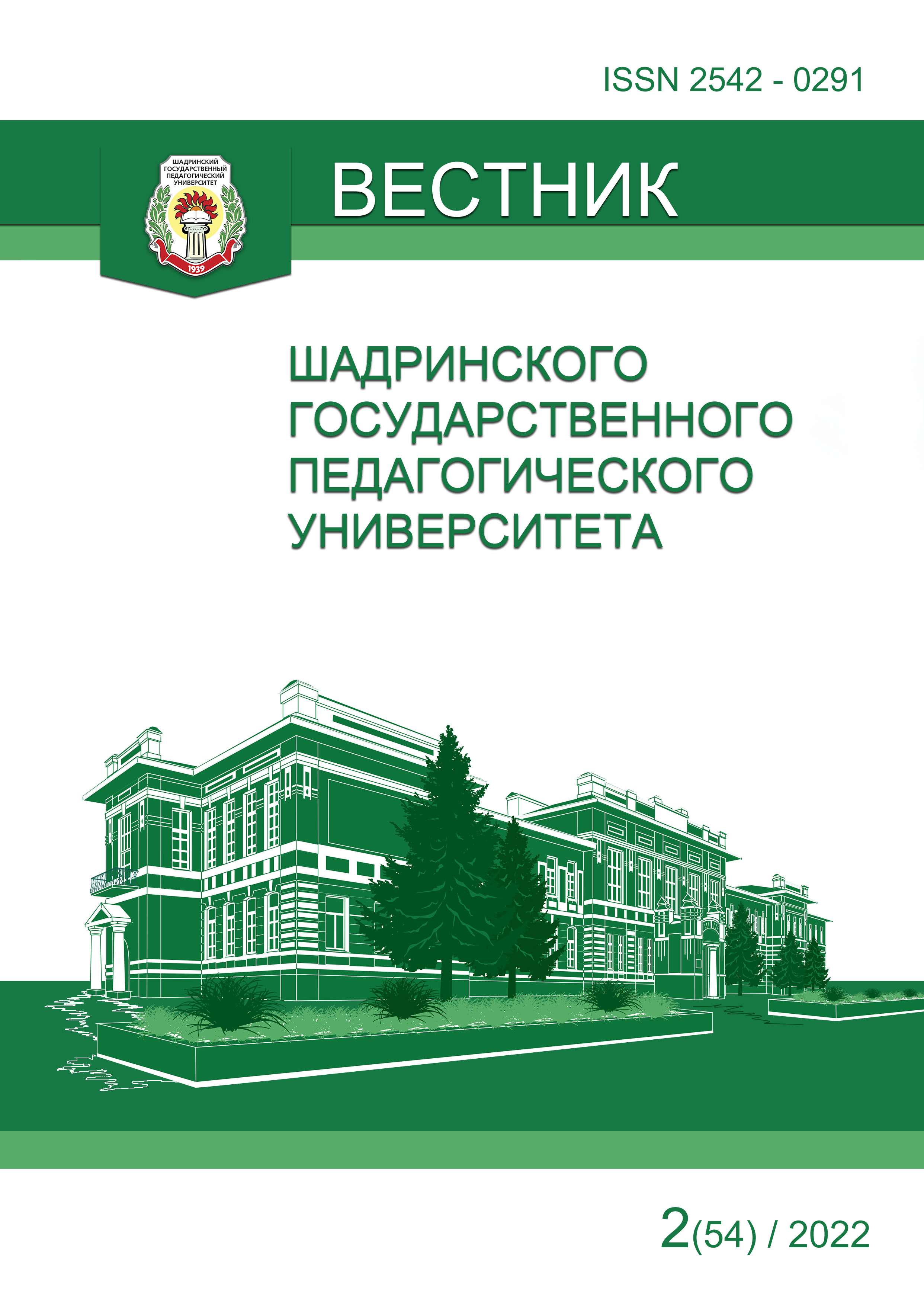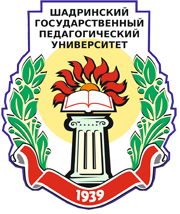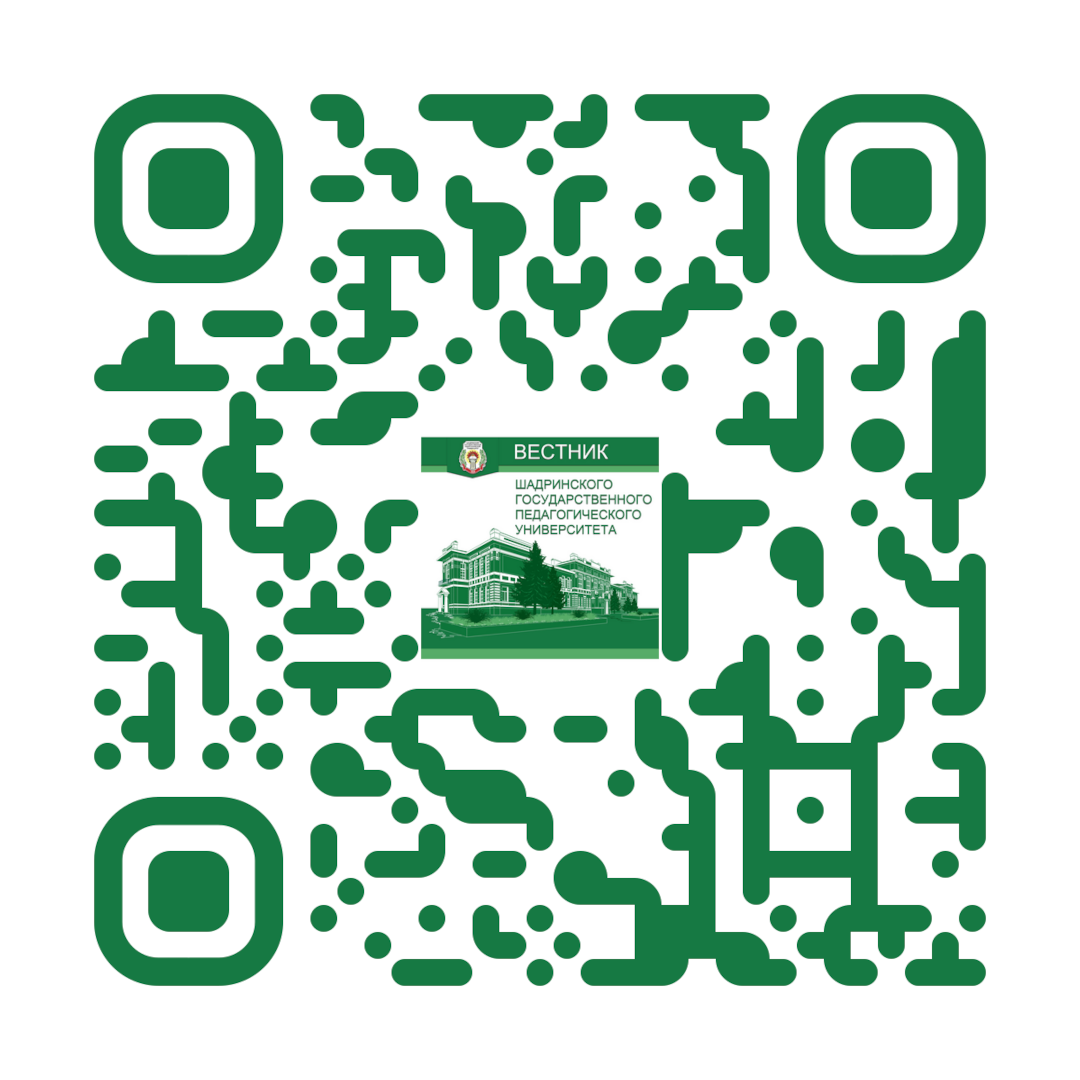Игра-путешествие по сказкам Ханса Кристиана Андерсена как средство формирования у детей 6-7 лет представлений о выразительных средствах языка
The game-journey in tales of Hans Christian Andersen as a means of forming in 6-7 years aged children ideas about the expressive means of language
Аннотация
В статье рассматривается эффективность использования игры-путешествия по сказкам Х.К. Андерсена в процессе формирования представлений о выразительных средствах языка. Цель статьи – выявление педагогических условий, эффективно влияющих на использования игры-путешествия по сказкам Х.К. Андерсена в формировании у детей 6-7 лет представлений о выразительных средствах языка. Ведущими методами исследования проблемы являются теоретический анализ психолого-педагогической литературы и педагогический эксперимент. Основные результаты статьи: определены представления о выразительных средствах языка сказок Х.К. Андерсена у детей 6-7 лет; охарактеризованы особенности использования игры–путешествия по сказкам с детьми старшего дошкольного возраста; представлено содержание игры–путешествия по формированию представлений о выразительных средствах языка. По данному исследованию можно сформулировать следующие выводы: к старшему дошкольному возрасту дети могут выделять выразительные средства сказок Х.К. Андерсена, а также лаконично и точно использовать их в общении. В результате целенаправленного педагогического воздействия, благодаря интересной игровой форме проведения, дети освоят характеристику средств языковой выразительности. Материалы проведенного исследования задают вектор к практическому использованию разработанных нами методических рекомендаций в практике педагогов дошкольных образовательных организаций и молодых специалистов для успешной реализации задач дошкольного образования, направленных на развитие образной речи, а также на приобщение детей к художественной литературе.
Abstract: The article examines the effectiveness of using the game-journey through the fairy tales of H.C. Andersen in the process of forming ideas about the expressive means of language. The purpose of the article is to identify pedagogical conditions that effectively influence the use of H.C. Andersen's fairy tale travel game in the formation of ideas about the expressive means of language in 6-7 years aged children. The leading methods of studying the problem are theoretical analysis of psychological and pedagogical literature and pedagogical experiment. The main results of the article: the ideas about the expressive means of the language of H.C. Andersen's fairy tales in 6-7 years aged children are determined; the features of using the fairy tale travel game with older preschool children are characterized; the content of the travel game on the formation of ideas about the expressive means of language is presented. According to this study, the following conclusions can be formulated: by the older preschool age, children can allocate expressive means of H.C. Andersen's fairy tales as well as use them concisely and accurately in communication. As a result of purposeful pedagogical influence, thanks to an interesting form of play, children will master the characteristics of the means of linguistic expressiveness. The materials of the study set a vector for the practical use of the methodological recommendations developed by the authors in the practice of teachers of preschool educational organizations and young professionals for the successful implementation of the tasks of preschool education aimed at the development of figurative speech as well as at introducing children to fiction.








